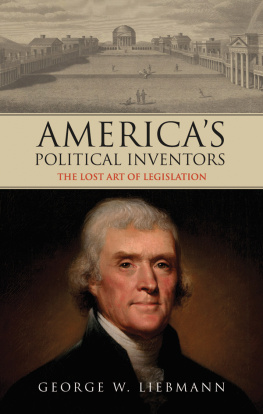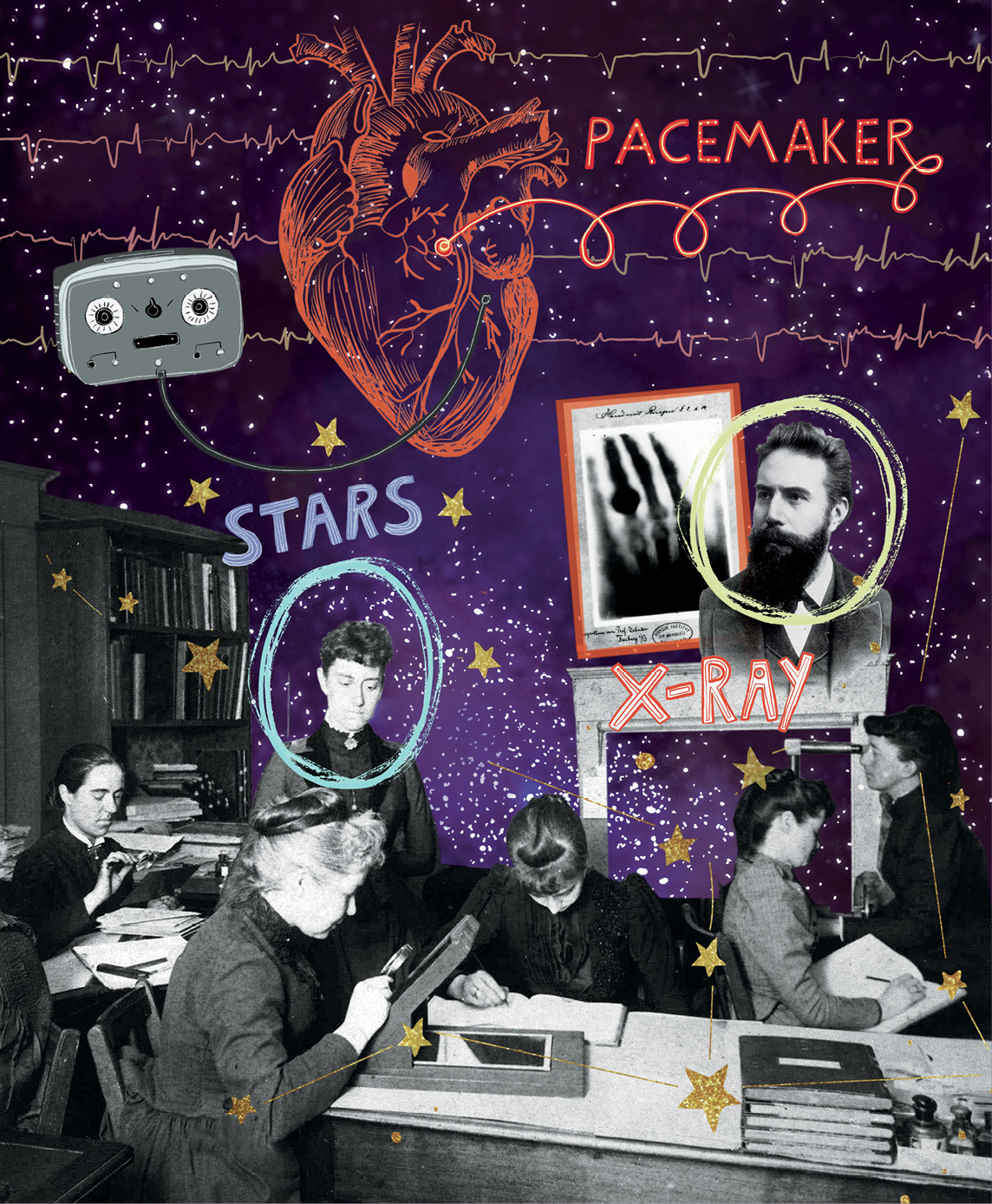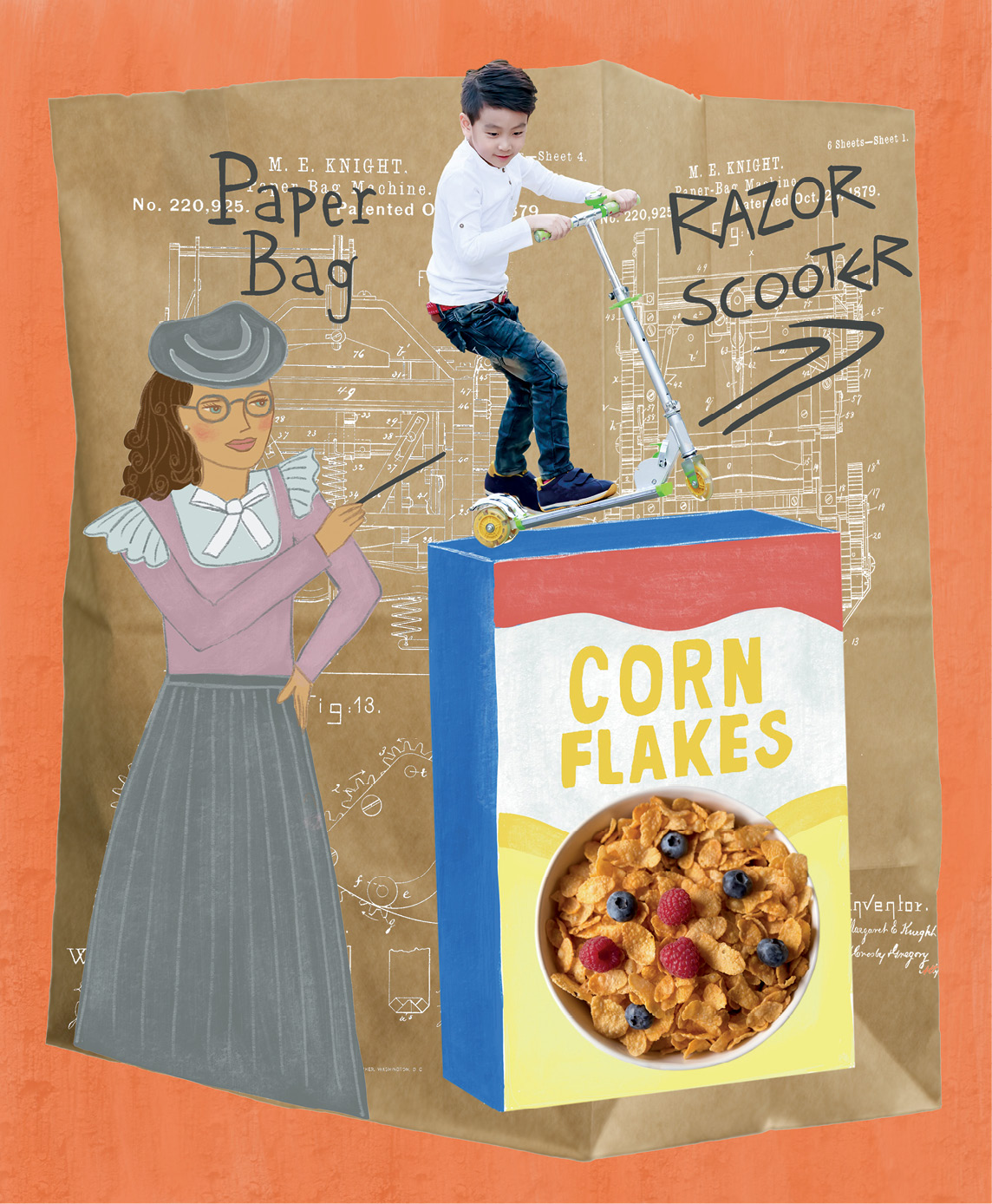To my friend Michele, with love and memories of science fairs
E.M.
To my cousin and friend, writer Faye Rivkin, whose kindness and persistence are an inspiration
F.W.
Introduction
How do you become an accidental genius?
And how does an accident lead to innovation, invention or a scientific breakthrough?
One things for sure. Most innovation doesnt happen overnight. Most innovators think about a problem for a long time before attempting a solution. Most experience failure before success.
And what about genius?
Genius is seeing failures and accidents as opportunities.
Genius is being flexible and changing directions when something unexpected happens.
Genius is knowing that luck and timing are part of the process.
Genius is being curious and always asking questions.
Genius is never taking no for an answer.
All the accidental geniuses we profile in this book share these and other personal qualities. These amazing innovators come from diverse backgrounds, religions and countries. Some were successful when they were young. Some took years to come up with an invention or make a discovery. Some worked alone while others collaborated with colleagues.
But each one has made a difference in the world. Each one pursued work they loved with passion, curiosity, tenacity and a little luck.
You never know! One day you too may become an accidental genius!
Name the greatest of all inventors. Accident.
Mark Twain, author
Anyone who has never made a mistake has never tried anything new.
Albert Einstein, scientist
Somewhere, something incredible is waiting to be known.
Carl Sagan, scientist

You cant just sit around waiting for new technologies to evolveWe all have different but important roles to play in this world!
Ann Makosinski, inventor of the Hollow Flashlight
So you want to be an accidental genius?
DONT BE AFRAID TO TRY: If one experiment doesnt work, try another until youve exhausted all possibilities. Then try again.
GET KNOWLEDGE AND USE IT: Observe. Listen. Consult others. Read everything on the subject that you can. Always be open to new ideas and directions.
PAY ATTENTION: Be curious and ask lots of questions. Pay special attention when your work gives you a surprising result.
MAKE CONNECTIONS: Analyze whats already been done and stay alert and open to new possibilities.
IT TAKES TIME: Keep working, assessing your results and looking for the next step, no matter how long it takes.
BE PERSISTENT: Never take no for an answer and never give up, even if it takes many tries to complete your invention.
FAILURE IS PART OF THE PROCESS: See failures and accidents as opportunities. Keep experimenting and inventing despite your failures.
DONT MAKE ASSUMPTIONS: No matter how tough it is to gather the data or how much time it takes, only use information you know is correct or can check.
BE OPEN TO POSSIBILITIES: Look beyond whats right in front of you and be aware of other options.
BELIEVE IN YOURSELF: Trust your feelings and instincts and remember that luck and timing are part of the process.
Glossary
adhesivea substance that bonds objects or materials together
amputeea person who has had part of an arm or leg cut off
antibiotica substance that kills or slows the growth of disease-causing microscopic organisms
bacteriatiny, single-celled organisms that live in soil and water or the bodies of plants and animals
bioluminescencelight produced by living organisms
bioreactorsdevices that use bacteria to break down waste
cathode raya flow of electrons, one of the three tiny particles that make up an atom, from a closed container that contains no air
classifyto arrange something in a group or as part of a category
corrodeto gradually destroy or eat away
cosmonautan astronaut from the Soviet space program
counterweighta weight that balances other weights by exerting an opposite force
datafacts and information collected to use in a discussion or calculation
displacingremoving or replacing
electric currenta flow of electric charge through a wire or circuit
entrepreneurperson who organizes, manages and assumes the risks of a business
etchingmaking designs on a hard material by eating lines into the materials surface
fossilthe remains or impression of a plant or animal from a past era that has been preserved in the Earths crust
herpesa group of viral diseases that affect the skin or nervous system
hingea movable part that allows something to open, close or swing
kerosenea light fuel used in heaters and lamps
leukemiaa cancer in which there is an abnormal increase in white blood cells, which crowd out red blood cells
mass-produce to produce or manufacture in large quantities
metallurgythe scientific study of the properties and uses of metals
microgravitythe condition in which the pull of gravity is very weak; often called zero gravity or weightlessness
molda fungus that grows in the form of tiny, threadlike structures and often appears fuzzy or furry
moleculean electrically neutral group of two or more atoms, held together by chemical bonds
Next page





















